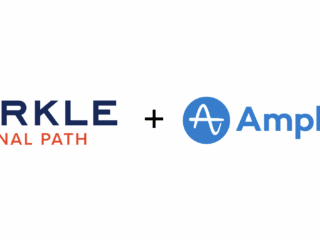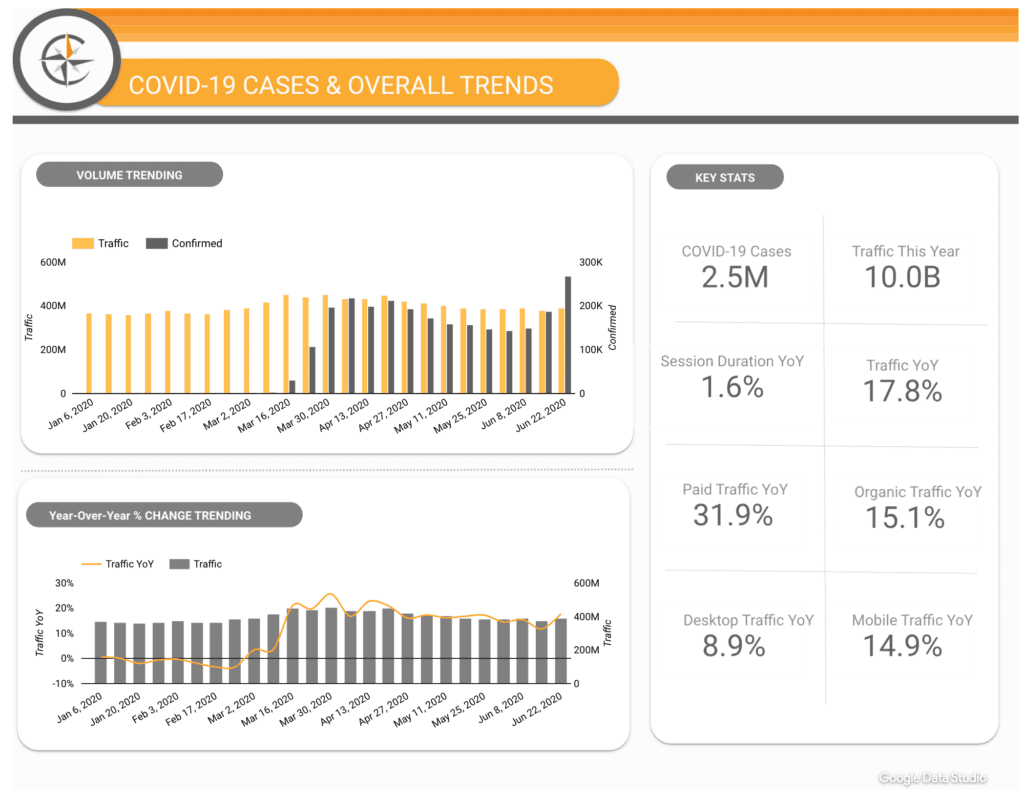Google’s recommended AI referrer custom channel rules are a necessary evolution in analytics to better align with how users are discovering content with AI-assisted browsing. AI overviews push traditional organic search results down lower on the page and reduce click-through rates (CTR) from classic organic listings.
Early adoption of custom channel groupings to isolate AI referrer traffic gives digital teams better visibility into this shift. It allows for clearer measurement and faster adaptation as AI-driven interfaces reshape user behavior.

Default Channel Reporting Falls Short
By default, in Google Analytics, traffic from AI search results is currently either counted as referral traffic or misclassified under Organic Search or Direct traffic, leading to inflated or ambiguous channel reporting. This misclassification introduces noise into channel attribution reporting. It can inflate metrics or obscure where users are truly coming from, impacting:
- Channel-specific performance analysis
- Multi-touch attribution models
- Conversion funnel accuracy
- Year-over-year or pre-AI vs. post-AI data comparisons
Relying solely on default settings means your reporting could already be misaligned with how users are actually finding your content.
Why Act Now?
While it’s likely that Google will update its default channel grouping logic in future GA4 releases, waiting may cost your team critical visibility. Acting now provides a head start in understanding how AI search is impacting your website.
If your organization is still not leveraging custom channel groupings, this guide can help you make the most of this powerful feature for customization.
What Can Organizations Do Now?
Here’s a practical checklist for organizations ready to start accurately measuring AI-driven traffic sources:
- Update Custom Channel Groupings in GA4
Manually define new channel grouping rules to capture AI referrers (e.g., chat.openai.com, bard.google.com, copilot.microsoft.com, perplexity.ai, etc.). Add these under a new “AI Search” channel.
- Annotate in GA4 for Future Comparison
Add annotations in GA4 and/or internal tracking documents to mark the start of your AI channel grouping implementation. This supports accurate long-term comparisons before and after AI traffic tracking went live.
- Modify BigQuery Channel Logic (if applicable)
If your analytics stack uses BigQuery exports from GA4, you’ll need to modify your SQL logic to reflect the new AI channel definitions in your reporting pipelines.
- Establish Benchmarks and Sample Reports
Run a sample analysis to estimate how much traffic is coming from AI referrers. Establish a new set of benchmarks and document industry trends to track change over time.
- Update Dashboards and KPIs
Ensure your dashboards reflect this change. Create visualizations or filters that isolate AI traffic, and make the new data accessible across your analytics and marketing teams.
- Build an AI + Organic Search Framework
Treat AI-assisted search as an extension of your organic strategy. Integrate AI search insights into your SEO workflows, including keyword research, content strategy, and optimization tactics. Understand what content types AI prefers and what summaries or citations it pulls from your pages.
- Educate Stakeholders on Reporting Impacts
Help leadership and other departments understand how AI traffic can change performance reports. Prepare to explain fluctuations in organic metrics and clarify how AI-assisted discovery fits into the bigger picture.
To speak with one of our experts on how AI may be impacting your analytics, Contact Us Today!
Author

Lauren oversees engagements within the Health Sciences vertical, leading enterprise client relationships across marketing, media, operations, IT and privacy teams.
View all posts
She blends years of analytics experience across payer, provider and pharma with knowledge of health law and policy to successfully guide Privacy Transformation initiatives. By maintaining awareness of evolving privacy regulations that impact data collection and activation practices, she’s able to guide regulated companies to preserve and expand marketing practices and capabilities that align with business and privacy requirements.














